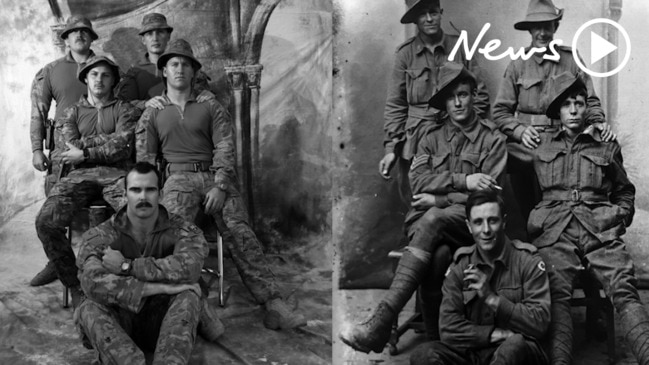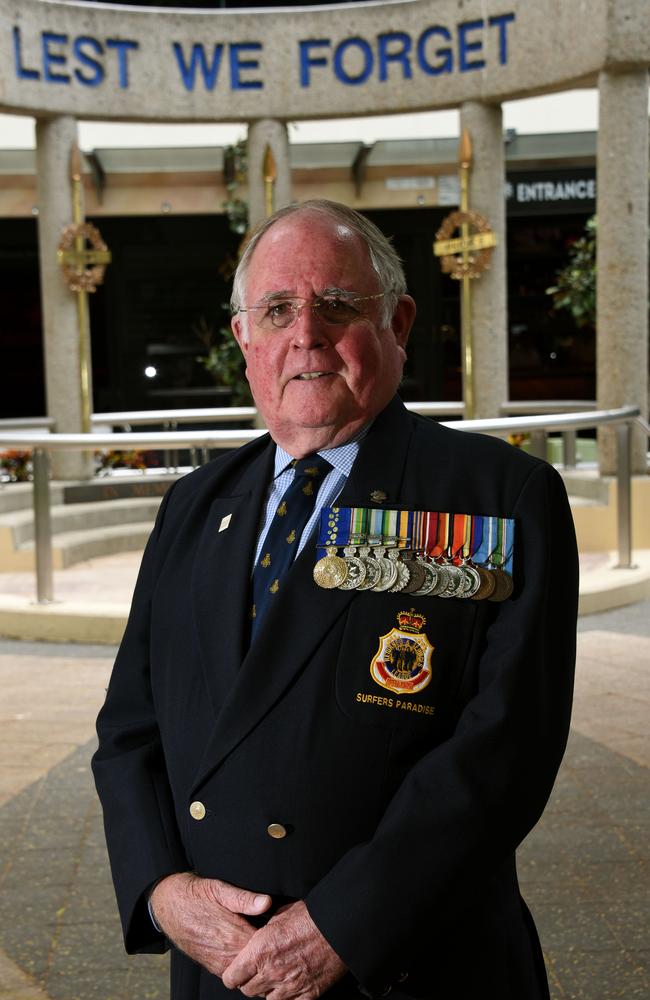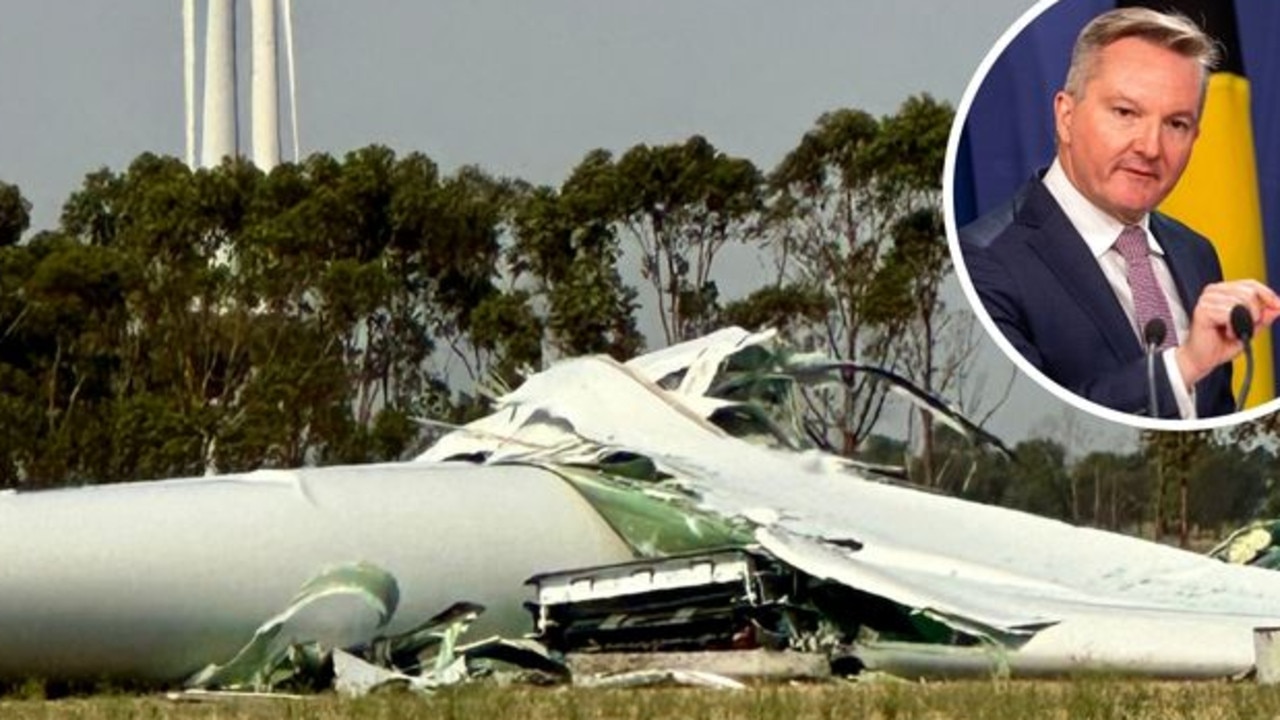Ross Eastgate: Anzac Day for commemorating soldiers, not worrying about ourselves
It’s now considered too dangerous for bodies of uniformed personnel to march at dawn service. A pox on this virtue signalling, political correctness.

Who knows what the Diggers were thinking as they sat silently in their landing craft in the cold, pre-dawn dark off Gallipoli’s western shore on April 25, 1915.
They were to be the covering force, meaning it was their role to seize the beachhead between Gaba Tepe and Ari Burnu so the Anzac main force could attack through later that morning after dawn.

MORE OPINION:
Women are not cupcakes. Don’t call them ‘yummy’
Virtue police shaming Folau are missing the point
I will never understand the appeal of horror movies
Their large, steel boats were being towed in packets from their transports towards shore by small steam launches piloted by beardless, teenage naval cadet midshipmen.
A fearsome barrage from the accompanying warships was hammering the Turkish shore positions, alerting the defenders something major was happening.
In response the Turks were raking the waters with machine gun and rifle fire, though in the darkness neither side really could really see what was happening.
Of those who did not make it ashore, some were killed where they sat in their boats, others drowned when they leapt from the boats into waters over their depth, weighed down by their equipment and weapons.
No hi-vis vests or life jackets.
Occupational Health and Safety officials, even if they had been invented then, had no place in this enterprise.
Others were killed as they charged across the beaches towards the heights, facing into a rising sun over Gallipoli’s ridges so they could not clearly see their foes.
Meanwhile the boy sailors who survived turned their launches around to collect their next packets to tow them ashore to maintain the landing’s momentum.
There were no lights, no luminous lane markers, no radios, just shouted commands and deafening rifle fire as the Diggers raced blindly towards the foe.
Units became separated and mingled with unfamiliar others.
They never hesitated.
When after dawn the Anzac main force landed, the following Aussies and Kiwis were greeted with a scene of unimaginable horror. Dead Diggers sat or lay slumped in their boats or washed with the tide in the waters on the beach.
The inshore waters were red with blood.
Bodies littered the stones on the beach which is now known as Anzac Cove.
Others who had managed to advance towards the heights had been cut down so that the way to the objective was also littered with dead and wounded.
Among the first ashore were the Queensland field ambulance medics, who established a casualty clearing at Hell’s Spit on the southern end of Anzac Cove, now known as Queensland Point, bringing in the wounded for treatment and the dead for burial.
They buried them there, including some weeks later one of their own, Jack Kirkpatrick Simpson, the man with the donkey.
Australians and Kiwis gather in the pre-dawn each April 25 not to celebrate those brave soldiers’ achievements, but to commemorate their service and sacrifice.
In the cold and dark it’s as close as we can get to what they experienced.
In these days of illuminated pathways, hi-vis vests, smart phones with built-in torches and all the other night movement aids, some geniuses in the contemporary ADF have decided it’s too dangerous for formed bodies of uniformed personnel to march, lest they trip or suffer some other such calamity.
A pox on their virtue signalling, political correctness.
Australians gather each Anzac Day dawn to commemorate those who fell, not to express concern about those who might now merely stumble.
Ross Eastgate OAM


